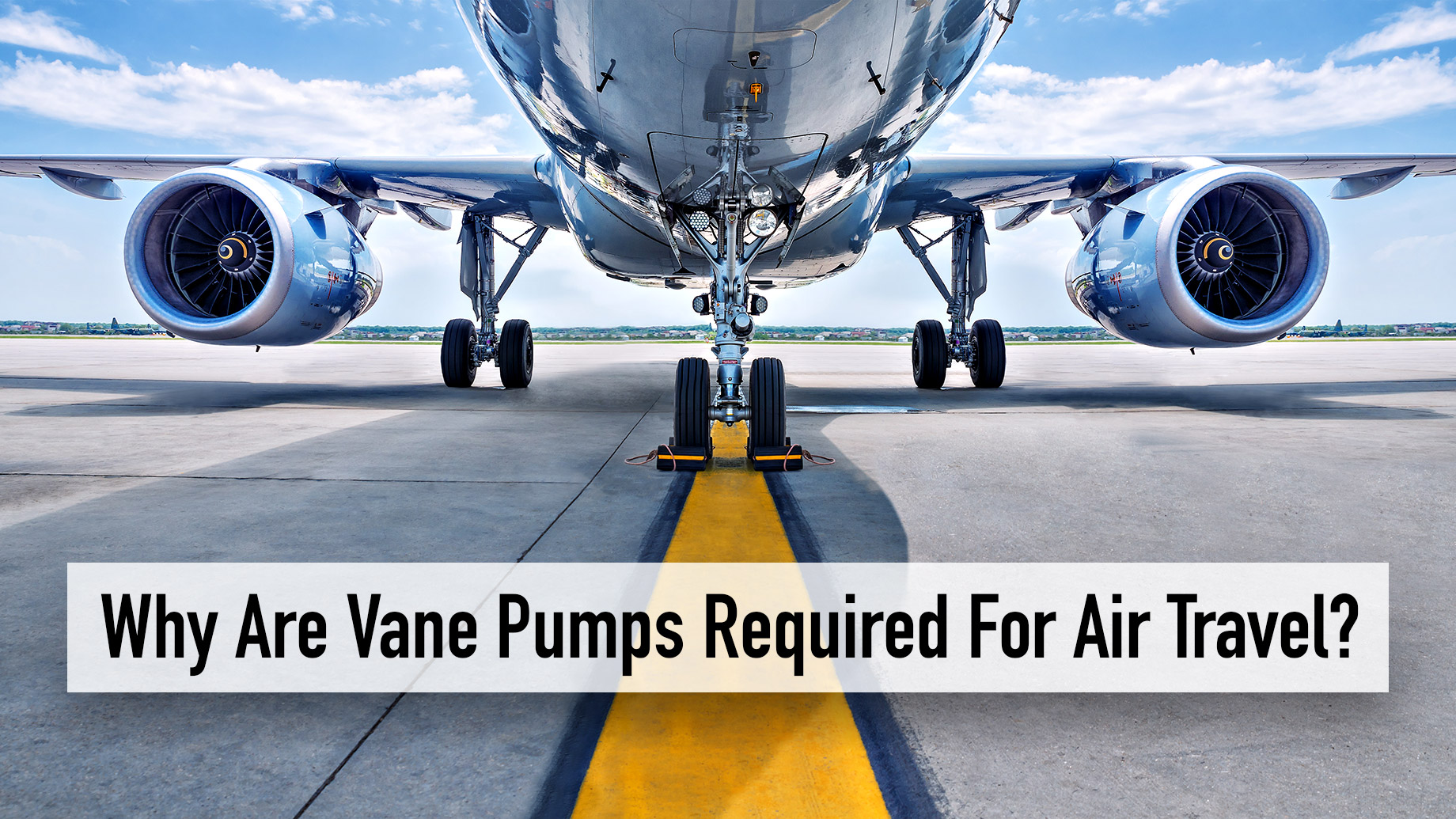
Vane pumps have been around for a very long time. The pumps were first invented by an American engineer called Charles Barnes in 1874. This development was after years of study and research of other similar developments. The pumps have since been an integral part of human society. They are used in various industries including transport, manufacturing, and a range of other functions that drive everyday life. They are used in motor vehicles for auto-transmission, air-con, and braking systems. The mid-range pumps are also used in devices such as coffee machines and drink dispensers. Perhaps, the most important use of these pumps is in air travel without which this mode of transport would be impossible. There is a range of vane pump inventory that are used in air travel. Here are some of them and their uses.
How Does a Vane Pump Work?
A vane pump enables the liquid movement from the reservoir to the pump. It never generates any pressure. This process is possible through positive displacement. Inside the pump is a circular rotor that rotates within a circular cavity or space. This space is also called a cam. The centers of the rotor and the cavity remain offset or have different centers to generate eccentricity.
Vanes attached to the rotor move in and out of the rotor to seal the edges. The movement creates chambers that pump the liquid. The pump increases the volume on the intake side and lowers it on the outlet to force the liquid out of the chamber. The movement of the vane ensures that the same amount of fluid flows out with each rotation. The pump’s design ensures that the liquid travels way much faster as compared to other types of pumps. It makes thin fluids travel faster within the pump and increases the pressure considerably.
Vane Pump Uses in Air Travel
Now that you have an idea of how vane pumps work, here is how these pumps are utilized in air travel. Nearly all the plane functions require the use of hydraulic systems. In small aircraft, the vane pumps are necessary for wheel-brake activation. Without the pumps, it would be impossible for these light aircraft to land.
These pumps are especially useful in large commercial aircraft. They are used in the braking system, steering, flaps, nose wheel, the landing gears, wipers, opening, and closing cargo doors, and pitch control among others.
Use Small Liquid Volume to Generate High Pressure
As explained earlier, the vane pumps can push thin fluids at a high speed to generate maximum pressure. This mechanism is ideal for controlling gyroscopic instruments used to control aircraft. Considering the immense weight of commercial and cargo aircraft, the system makes it ideal to carry just enough fluid to generate power and keep the weight of the aircraft as low as possible. The high pressure generated to move flaps and wipers is also necessary considering the high altitude and speed that these aircraft travel.
Vane Pumps are Light
In addition to generating high pressure on thin fluids and at high altitudes and speeds, vane pumps are manufactured using superlight materials. Graphite is one of the common materials that manufacturers use to produce these pumps. It is the same material used to produce items such as pencils and is a good conductor of heat and electricity. Being light, it is material for manufacturing aircraft components and especially one that is as important as a vane pump.
Easy and Cost-Effective to Maintain
Vane pumps are easy to maintain but should be checked regularly. A small malfunction of these pumps in an airplane can be catastrophic, so they must receive consistent maintenance. The internal space within the pumps is always highly lubricated. There is also very minimal contact between the metals that make up this pump. The minimal contact is good since it significantly minimizes the wear and tear of the parts. In case of wear and tear, the vanes are less costly and also easy to replace. This aspect makes them ideal for aircraft use and air travel in general.
Another good feature is that the pumps use very simple and straightforward mechanisms. Most, if not all, of the pumps have direct-drive systems without any gears or transmissions, so checking on their parts becomes easy and fast. Considering the importance of the aviation industry to the world economy, it is necessary to have components in aircrafts such as these pumps that are easy to maintain and replace when worn out.